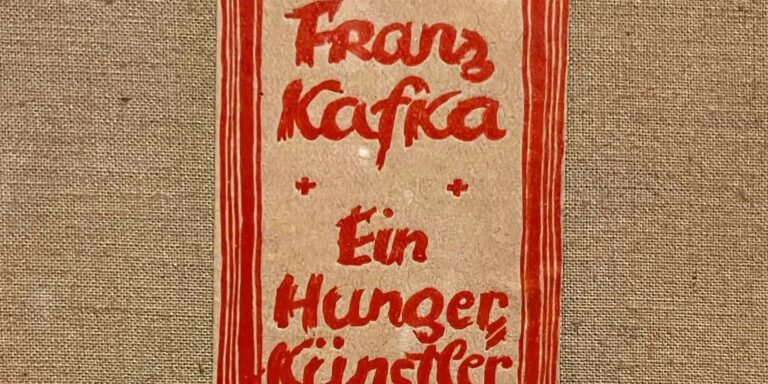
Mass market paperbacks.
Cheap. Portable. Disposable.
They used to be the bread and butter of the Wonder Book used bookstores.
We learned early on to stock them sideways—horizontally. That makes it much easier for people to scan the titles and authors on the spine.
They don’t sell as well as they used to. Popular paperbacks are not so popular.
Sales online are pretty poor because of the cost of shipping. Shipping can only go so low. Most hardbacks and trade paperbacks (about half again bigger) sell for the same price.
Which would you choose given a choice?
99%+ have no collector value. Most get pulped.
But part of our sorting process is to create carts of older mass markets—pre-ISBN or “no ISBN.” They get a second look by more experienced sorters—because the 1% can either be uncommon enough or valuable to market in the stores or online. Some mass market are actually the first printings of some important books. Lolita is an example.
I enjoy going through these carts. It is like eating popcorn. Books are generally the same size. Lightweight. I can fly through a cart with 400-500 books on it.
A tiny percentage go online. An even tinier percentage go to be researched.
I’ve been rereading Ross Thomas mystery thrillers recently. He was an author I discovered early on. Recommended to me by Allen at Quill and Brush, I think.
I’ve gone through four of his novels in the few weeks. The first three were first edition hardcovers in nice Brodart-wrapped dust jackets. I didn’t want to carry one of those on a trip. Weight. And value. You need to protect the condition of a book for it to retain any value. I came upon a copy of The Backup Men on a cart of old paperbacks. It was “toned”—the paper slightly tanned. Very, VERY toned. It had spent a lot of its life in someone’s sunny window, I expect. Sun exposure also makes the paper and covers brittle. I would have recycled this one, but I thought it was perfect for a trip. I could just leave it when I finished it.
Well, I got hooked on the plot and characters—Thomas created some very memorable characters. Velveeta Keats, for example. She is an unforgettable player. I couldn’t put it down sometimes.
I didn’t know how fragile it was until I started reading it and pieces of the cover started breaking off with the slightest bend. Then the front cover fell off and was left behind somewhere. By the time I finished the book, the back cover was off in pieces.
It ended up looking like this:
Yep. I could leave that behind.
Recently, we got in a hoard of early Harlequin Romance mass markets.
Other booksellers used to scoff at me for selling paperback romances.
Those books paid a lot of bills. Romance was a highly profitable section. Readers—99% women—would often buy a dozen at a time. Sometimes a grocery bag full.
One customer memorably told me she could read one over her lunch hour.
This very early style lot used to be considered so tacky. But as with many things—yesterday’s kitsch is today’s collectible.
Maybe… If I can create a market for these…
We used to summarily pulp all the older romances. We still do. They are dated. The modern ones are much more spicy, I would guess.
But these caught my eye in 2022.
These are actually pretty cool! The cover art is so bad it is actually intriguing. I wonder what the artists got paid to do them? 25 bucks? 50? I wonder how many minutes it took to create one? And the titles. Many are just silly. Often the title conveys that the story takes place somewhere romantic. Be it Scotland or the Caribbean, the “look” of each cover it the same, but if you look closer, the male love interest may be wearing a kilt or a Hawaiian shirt. Many involve doctors and nurses. Nurse romances used to be a big sub-genre. Harlequins took them to a tacky extreme.
Promise the Doctor. Army Nurse in Cyprus. Charlotte’s Hurricane. Doctor Napier’s Nurse (with two nurses getting equal billing on the cover—which one is the doctors?) Ward of Lucifer?! What the hell does that mean? Nine different nurse portraits on the cover? What is this all about?
“These are great! Someone should collect these. No booksellers would save these. I wouldn’t til now.”
Instead of pulping them, I started sending them to the stores. Some of the more suggestive titles—or ones with beyond dreadful cover art—I sent to be displayed in our premium sections. Each of the three stores has a section near the front for new arrivals that we think might be exciting. Authors like Lovecraft and Philip K Dick—whose books sell almost immediately—are displayed there. This is the first place regulars visit. Why not showcase these and see if it creates a market?
Has it worked? I don’t know. I sent several hundred. Many would be stocked in “Romance” which is not where I feel the buyers for these would look.
Hurry in, though. You might miss out on Nile Dusk. Or A Promise is for Keeping. How about Meet Me in Istanbul?
It is Friday. Blog day. (I hate that word.) I will be sending the draft and images to Maryland from the Czech Republic and Germany. Technology is amazing.
I hope it works.
I’m anxious to get home. I miss my house. The dogs—Merry and Pippin. My books. The mountain forest.
I miss my work. All the books. Every day. The crises that come up each day. I wonder how much further behind I will be when I return? I miss that too.
I was gone too long this time. But there was so much ground to cover. I doubt I’ll ever get back this way. I checked a number of places off my bucket list. Budapest, Hungary. Prague, Czechia. Dresden and Berlin in “eastern” Germany.
The food has been amazing. So many tastes and experiences that I’ve never come close to elsewhere. I took a lot of pictures of food. Pretty tedious. I won’t bore you with any. And beer pictures. SO much beer. Central European beer is usually low alcohol and crisp. I had very little wine, hard liquor or mixed drinks. These are beer cultures.
And meat. They serve meat with meat with meat before and after and on the side. But there are so many varieties. Street food is often sausages. But there are other meats too.
I’ll get a six-pack of Romaine lettuce from Costco when I get home—to regain balance.
I feel good though. Except for the big blister on the sole of one foot. So many steps. Except for travel days. Thursday was over 30,000. That was stupid. My foot hurt so badly. But Friday morning, I feel mostly healed. (My “Achilles heel”—I’m so thankful. I thought I’d have the pain for life. Or that I would go in for the surgery, which may or may not work; that, regardless, would take months of recovery and rehab—if that worked. IF…)
Thank You. Thank You. Thank You!
So many days were in the mid and upper 20,000s. Steps. Steps. Steps.
Last week’s story left off in Budapest…
Hungary, an Asian land in many ways. The language is “Uralic”—from the Urals far to the east. A legend goes that seven tribes of proto-Hungarians headed east from Asia. They were accompanied by a giant magical raptor which held a spear in its mouth. When the bird dropped the spear, the tribesmen knew this would be their home.
Then there is Attila the Hun. And the Mongol hordes…
But Hungary is very European. Culture. Styles. Everything but the language—which for me, was incomprehensible. The printed words in mostly Roman letters were unparseable.
Now on Monday, we are driving to the West—Vienna.
We cross the border. Dull green weatherbeaten booths remain from days when passports would be checked.
“Communist guards would ignore you. You didn’t exist. Unless you had a bribe to offer. A bottle of wine, for example. Otherwise, you would just wait. And wait.”
The skies turn blue. The sun comes out.
Our guide, Lucy, tells us there are student demonstrations in Vienna protesting high prices and inflation. Electricity and fuel may rise ten times. If Russia turns off the gas, the economies may collapse.
We will take a different route into town to avoid it.
The whole trip, Lucy and other guides would often tell Iron Curtain jokes.
“How did you buy a car then? You saved and saved, and maybe in ten years you had enough money. You would go to the car dealer. There was only one choice. The Trabant 601. They only came in one color. ‘I want to buy a car!’ ‘Ok. It will be here in ten years.’ ‘Ten years!?’ ‘Yes.’ ‘Morning or afternoon?’ ‘Why does it matter?’ ‘The plumber is coming that morning.'”
She reminded me of the black market in blue jeans. Western visitors would be offered a small fortune to sell their pants.
Wednesday
Going from Vienna to Prague.
It will be a long drive. Maybe I will get a lot of this written.
The 20th century wars still hang heavily over this part of the world.
1. World War 1, and then the collapse of the Austro-Hungarian Empire.
2. World War 2. The Nazi iron boot. Holocaust.
3. Cold War. Post-Nazi breakup of Europe with new borders and countries. Stalin and later Soviet leaders had complete control over all of Eastern Europe, with Austria being the only potential gateway of free societies. It was a very strictly controlled border, but not impassable as the others were. With enough connections and bribes and permits, some could cross into the west.
Not many are left who remember WW2, but plenty who grew up and lived through the Cold War are still around. Our local guide in Budapest (“pesht”) was named Arped (“AP.”) Mid 60s. Spry. Short. Very Hungarian in appearance. He told us Hungary was granted a little bit of extra freedom by the Soviets after the 1956 military suppression. Sometimes they could actually travel—with plenty of permissions (and bribes.) Why would they return? The authorities knew where your family members lived. There were threats to other family members if they didn’t return.
Vienna was the portal.
“My father got to go to London. When he returned, he brought me two forbidden things. A bottle of Coca Cola. Coca Cola at that time was a symbol of capitalism. I would sneak the bottle into school and charge classmates a few pennies to see it. He also brought me the Beatles’ White Album…”
Freedom was a soft drink and degenerate rock and roll.
Strange to think how rich my young life was. So much variety. My family rarely traveled. But the house was full of new magazines. Books. Foods. Drinks. TV…
All these people lived such a gray life. So much time stolen from them. Shortages. Indoctrination… One of the guides said, “Life was in black and white.”
I walked down Andrassy Street in Budapest when we parted from AP in Heroes Square. It is located in its own stone-paved plaza between the two art museums. (The classic art museum was amazing. So many huge galleries to walk through. And a tremendous El Greco special exhibition.) Andrassy is the wide boulevard with grassy medians where many mansions were located. Now most are embassies or galleries or high-end boutique hotels. I passed a building with lots of small white ceramic discs affixed to its walls. Those stopped me in my track. It was a large old apartment or office building. I looked up and up. High above, an architectural feature stuck out.
“TERROR”
I had noticed the House of Terror in guides and assumed it was a fright attraction. Scary things that jump out at you.
When I got close to the building, those ceramic discs had faces on them. Old photos. Hollow eyes looking out at you. Victims.
The House of Terror is a historical attraction. This building was the headquarters of the Hungarian “KGB.” I paid and took the tour with a headset.
It was terrifying.
It started on the 3rd floor and wound through rooms and halls. All were filled with artifacts or screens.
Black and white faces testified on grainy video to the brutality and oppression of the Communist era. Survivors whose story was captured before they too died and the memories would have been lost forever.
A woman speaks, “Our guard was a large woman. Ignorant, but with complete power over us. Before, she would have been nothing. But here, she could tell teachers, doctors, intellectuals, countesses what to do. And we would do what she told us—or else!”
There was a room with bad oil paintings on the wall. Images of Stalin and Lenin and Rakosi (the Hungarian Communist strongman) in sentimental or bucolic scenes looking lovingly at children. The children beam back up at their “fathers.”
A recording spoke over old black and white video of children doing martial activities, “One of the first things the Russians did was to take over the schools. Children of every age were indoctrinated that the ‘State’ was their family, their parents… Some children actually informed on their parents and became Soviet heroes.”
At the end of the second floor’s tour, a small group of us were forced to wait to take the elevator down to the basement. I wondered why and bristled at being controlled. I was ready to move on. About eight of us boarded the elevator, and very, very slowly, we descended. A television screen came on, and we must face it. A man in his 50s or 60s—black and white—shot long ago. The 1960s? 70s? He testified. He was a guard. He had no choice. He told how prisoners were escorted to their execution. It was mesmerizing. I didn’t want to listen or look at him, but there was no choice. He spoke for about 5 minutes as we went down and down.
Terrifying.
The elevator bumped to a stop.
The basement was filled with many cells. Brick walls. Low ceilings. Concrete floors. Cold and dismal, I learned that this place was a chamber of horrors in the Cold War.
“They kept the prisoners awake for days. No food. No water. No toilet. Eventually, they would confess to anything. Even things that were impossible for them to have committed. The executions were at dawn…”
They showed old videos of men standing on boxes in front of low scaffolds. Cloth bags were pulled over their heads. The video switched to other chaotic scenes just before they were hung.
Some cells further on had the scaffolds in them.
Terrifying.
“A soldier would kick the box from under the prisoner’s feet. Another soldier would pull hard on the rope…”
I guess it was a combination of hanging and garroting?
Eventually, there were too many prisoners for this large building, and the secret police took over the rest of the block.
October 1956. Students took to the streets. A flash mob. They pulled down a huge statue of Stalin near the art museums—Heroes Square. They battered his head to deformity.
This triggered a general uprising of the population. The Communists and Soviets were forced to withdraw from Budapest. Imre Nagy (“nadge”), a former communist leader, decided to change to the cause of freedom.
(There’s a memorial to him near the Danube. A statue of him is on a little bridge, figuratively crossing from oppression and state control to freedom.)
A brief period of freedom broke out. Tens of thousands fled west. Others tried to set up a new society in Hungary. It was short lived. A few weeks.
Then the Soviet tanks poured into the city.
The revolution was crushed.
Nagy was captured and taken to Bucharest. Everyone was assured it was just an arrest. He was soon executed there and buried in an unmarked grave in the prison courtyard.
After 1989, they found his body. He had been buried face down with his hands secured behind his back with barbed wire. He was repatriated and buried in Budapest with honor.
For some reason, my parents had a book about the uprising around the house in Buffalo. It was a thin hardcover, mostly filled with captioned black and white photographs. When I was just a little boy, I remember being transfixed by the images and going through that book over and over.
Counterintuitively, the revolution resulted in Hungary being given some little freedoms the other Soviet Bloc countries weren’t given. It was called Goulash Communism. The country was then called “the happiest barracks in the Eastern Bloc.”
There was a little loosening of the border between Hungary and Austria. There were some opportunities to travel further afield with the prior permits, AP told us. Some even came to Hungary from East Germany. Travel within the Eastern Bloc was “possible.” They made their way to West Germany to visit family. But they had to return, or there would be consequences… for the East German family which had remained behind.
At Heroes Square, AP told us about 1989. The Iron Curtain was falling. The Velvet Revolution. Some places it fell faster than others.
“In this square, there was a rally. A young student ran to the stage and took the microphone. He shouted, ‘The Russian tanks must leave now!’ That young man is old now. He is our Prime Minister Orban.”
How lucky I was to grow up in the US suburbs despite my complaints…
These countries are still in recovery. Like Ukraine, there is still some threat. I can’t estimate if there is any internal threat. The guides hint at single digit support to return to the dark days. For some, it was a time of power. Some people like that. Why else does anyone want to return to that past? One of the guides said there is a small percentage who approve of the Ukrainian invasion. Bizarre.
Those who do not learn from history are doomed to repeat it.
Santayana—Churchill…
Those who don’t know history are doomed to repeat it.
Edmund Burke
Those unable to catalog the past are doomed to repeat it.
Lemony Snicket
He who doesn’t understand history is doomed to repeat it.
Pittacus Lore
We’re doomed to repeat the past no matter what. That’s what it is to be alive.
Kurt Vonnegut
The phrase has been repeated in slightly different form for a long time. Sadly, it doesn’t seem to be taught as much in schools. They should have students take a field trip to the Terror Museum. There they can see facts—in black and white.
AP told us there is a “memory park” outside of Budapest. There the Communist statues and sculptures and plaques are on exhibit. They chose not to have them destroyed. They are not praised, but they stand there as a mute testament to the horrid past.
So it will not be forgotten.
I recall a house call I went on around 2010. An Italian diplomat was returning home. They wanted me to buy their books. Most were in Italian and common and unsalable. On the wall in his office behind a huge wooden desk was a large oil portrait of Lenin. His fist was raised in the air, and his face was full of rage. I was certainly not young or naive, but I was still surprised—maybe shocked. It was the 21st century.
Had they not lived through what happened as I had?
Maybe it was like being loyal to your home team. Or religion. Or political party…
My dogma, right or wrong.
We have left Vienna are stopping at the Czech border. There is no passport control. We remain seated on the bus for a few minutes.
“We need to change our ‘Go Box,'” which I take to be a kind of EZ Pass. “Periodically you hear your money being taken away as you drive.”
We are in Moravia—one of three provinces. Bohemia and Silesia are the others. We are heading for Brno—Moravia’s capital.
Many of the farm fields are bright green with fall plantings. Rye grass or similar, I assume.
We pass a truck stop, Pilsner Urquell Motor Rest.
Pilsner Urquell is a famous Czech beer. The Czechs love their beer. Pivo = beer. Even beauty products are made from beer. People here are very chauvinist about Czech beer. Nothing else compares. Insulting their beer is akin to insulting their mothers. Czechs are the world’s top beer drinkers. Annual per capita 170 liters. Australia is number 2—95 liters. (Those numbers include the whole population—babies to the very elderly.)
Parliament members drink beer while working. Ice hockey players drink beer before playing. (Babe Ruth was noted for pre-game beer drinking, I recall, but I had no idea it was still a thing.) Drinking on the job? Unthinkable.
Beer is Czech medicine. Pivo—hops—help you to sleep.
Pilsner—from Pilsen. Urquell—the “original spring.” Czech Budweiser is very popular. It is not related at all to the “Bud” in the US.
Beer food dishes. Roast pork with beer, dumpling, sauerkraut, gravy.
Meat. Pork. Soups. Pork. Sausage. Beer can be in it. And it is usually on the side.
Eastern Europe of my childhood is actually “central” Europe geographically. Due to the Iron Curtain disappearing, “Eastern Europe” is now Central Europe. The continent of Europe extends far to the east in Russia—the Ural Mountains.
Christmas is coming. The cites are erecting wooden sheds and stalls—Christmas markets.
One of the Czech guides told us carp is the traditional food for Christmas. Some stalls sell them alive if you want. People take theirs home and put it in the bathtub to keep them fresh. There it sometimes becomes a family “pet.” The parents can’t kill it. The family takes it out, and it is freed to the Moldau rather than cooked. It keeps the children happy.
Dictators try to kill the old cultures—the old ways.
The Austro-Hungarian Empire tried to eliminate the Czech language.
Rilke and Kafka wrote in German.
Their successors did too.
Kundera wrote in French.
The Russians changed the street signs to Russian.
They closed the churches.
Our Czech guide, Lenka, said she grew up knowing nothing else. There were no Bibles or religious histories. After 1989, she was able to learn the stories behind the names of the churches and cathedrals and squares. She told us this in St Vitus cathedral. It is Europe’s second tallest cathedral.
(St Vitus Dance: He was boiled in oil. That is when he “danced.”)
“The Czechs are Europe’s most atheistic country. It may be because we have been forced to change so often. An early king—(Stephen, I think)—converted the pagans to Catholicism. (Good King Wenceslas was his grandson.) During the reformation, Peter Hus became a martyr. Overnight, we were forced to become Protestants. When the Hapsburgs came to power, they converted everyone back to Catholicism. When the Nazis came to power, they tried to discredit the clergy. The Soviets and their collaborators simply closed the churches and dissolved the clergy.”
“We never knew anything different. In the Cold War, there were no choices. Under Communism, we tried to stay invisible. Groups of two or three on the streets might be put under suspicion from authorities. Don’t meddle. Don’t stand out. Keep your head down to survive.”
Alaina.
One day a week or two ago, we were tagged on Instagram. Someone was thanking Books by the Foot. I clicked on the link and this wall of books appeared.
Photos used with permission.
It was installed in a hotel in Oklahoma.
Alaina Hunt, the artist, entitles the work The Reader.
It is such a surprise and pleasure to rescue books and have them put to such creative projects.
It was apparently a difficult order to fill, but Jessica and our Books by the Foot staff worked with Alaina and got her what she needed.
Photos used with permission.
Congratulations, Alaina! I hope you get more commissions!
Vienna
I was glad I’d been to Vienna long ago. It was one of the first exotic family trips. We chose it because at the time it was so inexpensive. It was a great trip. We stayed in a family gasthaus run by Herr… I forget. It was very old school. Did the father/owner wear lederhosen? I was “Herr Roberts.” I would go down to the little bar/dining room and have a beer. We explored the city. Two little boys. It was so exciting and interesting. I must have been bold. We went to the opera! Somehow I got front row tickets in the royal box. It was one of Wagener’s Ring cycle—perhaps Siegfried… It was 3 or 4 hours long. The boys sat through it patiently. Maybe it was all the knights in armor. Spears. Swords. There was an intermission, and we went out into a kind of fancy lobby with crystal chandeliers hanging everywhere. I had a flute of champagne. So civilized.
This trip, I took a guided tour through iconic opera house. The guide told us there is a different production every night. We sat here all those years ago.
2022—we barely had a day and a half before we left. But I walked through Belvedere and had a Klimt immersion. We took an excursion in the evening to a small city palace. There, we heard chamber music. There was a ballet couple who would appear on stage periodically. Pas de deux. Then an alto and a tenor would sing along. Singly or together.
Strauss, Strauss, Mozart…
Going from Vienna to Prague, the bus stopped for lunch somewhere. It was an old inn house kind of building. There was a vast self-serve buffet.
They even had self-serve beer (Pivo Bernard Pilsner.)
I don’t usually eat lunch, but there were so many interesting and exotic items. I opted for a poppy-seed cake as well. I’m afraid I’ll be bringing something extra home. A few pounds.
It was delicious.
It is Friday. We are headed to Dresden. We just passed the Terezin concentration camp exit. This was a “show camp.” The Nazis staged it for Red Cross visitors and other propaganda purposes. Happy concentration camp prisoners would picnic or play soccer. A Jewish movie director was forced to create a film.
I walked across the Danube and the Moldau. Today, I will cross the Elbe.
Two days ago was an important anniversary. November 9th.
The trip has been whirlwind.
A tourist bus!? I never thought I would do such a thing. But the guides have been great. I learned so much. I have two pages of yellow legal sheets filled with notes front and back. I won’t bore you with them. I jotted things down as we walked or drove.
This has been a time of anniversaries. The Hungarian Revolution lasted from October 26 til November 10. November 10th was yesterday.
Although non-communists won the 1945 election, by 1948 the communists had taken over by taking control of the secret police (the AVH) and eliminating their political opponents. The Hungarian leader, Matyas Rakosi, was a hard-line communist fully in league with Moscow.
Hungarians had no freedom of speech. The AVH created a climate of fear, arresting anyone who spoke out against communism. Even something as simple as listening to Western music could lead to arrest.
Thousands of Soviet troops and officials were stationed in Hungary, which were a drain on the Hungarian economy, creating economic hardship for ordinary people.
The Russian language was being forced upon the people—with Hungarian street signs being replaced with Russian versions, and Russian being imposed as the language in schools.
The Russians did this with road signs early in their attempted Ukrainian takeover.
Eliminate culture, language, history and you can invent a new revisionist narrative.
Thursday I spent walking. Prague is beautiful. A “Golden City.” The first part was with Lenka. She got us to the big square at 11 a.m. We stood below the Astronomical Clock.
It has been performing exactly this since the 15th century.
There we separated. Most of the tour went for a river cruise with a buffet lunch.
Not for me.
I went looking for literary and historical sites. Keppler lived here. Einstein lived there. Tycho Brahe…
I sought out Kafka sites. There was a little Kafka Museum. I bit. Almost everything were facsimiles, but the context of the exhibits put things together for me.
Letters to his father complaining that the old man was suffocating Franz. The same with his various lovers. Kafka was a bit of a whiner.
Very much like someone I know. Someone I know very well.
They had a first edition of “A Hunger Artist.”
I never knew that Kafka wrote this when he was starving to death. The tuberculosis he had made it so that he was unable to swallow food. The story of “A Hunger Artist” is about a performance artist. Starving oneself for donations was a thing in those long-ago times.
I passed a couple of bookstores. I went in, but there was nothing for me. I would have had to carry it if there was.
I eventually made one of those decisions that ends up being “memorable.” The night before, Lenka’s son, Gerinda (“Call me Henry”), was our guide. He wanted to show us some things we wouldn’t visit with his mom. One was the Strahov monastery. There had been a beautiful view over an old vineyard and beyond and far below the city proper. Everything was closed, but I noticed there was a library up there. That stuck in my mind, and then I decided to walk up there. I struck uphill—one of seven in Prague (I think.) It was a beautiful day. A blue sky has not been something we have seen much. It was only a mile and a half but it was steep. Also, Prague is a city of cobblestones. Almost all the streets and sidewalks are cobbles. Henry called them “catheads.” Drivers don’t like them. Too bumpy. Walking on them all day became brutal. Every step you take you put your foot down on a stony protuberance. Both feet hurt. Up. Up. Up. Eventually I got there. The view was even more beautiful in the sunshine.
You don’t buy tickets for most places at the entrance. The tickets are available in another building. It’s not always clear where that is… But I eventually found it. The library had two grand rooms with painted ceilings.
They had some illuminated manuscripts and incunabula on display as well. There was an art gallery in the cloister area. The Communists had dissolved the monastery in 1950, and all the art had been removed. After 1989, they got the art back but not the monks.
It was getting late in the afternoon. Where is the hotel? My phone was helpful. Just 45 minutes walking it said.
I should have asked at the brewery to call me a cab.
(“You are a cab.”)
I was too shy. I can speak enough German but no Czech.
I walked… It was up another long steep hill and down. I walked.
“In 750 feet, take the path. In 400 feet, walk through the tunnel…”
My long walk took me past this Cold War edifice.
This is called Brutalist Architecture.
That’s the kind of happy serendipitous find you run into when you leave the grid. I bet not many American tourists have visited this!
Eventually, the phone got me back to the hotel. My feet were killing me.
I hope the story isn’t too negative.
The cities are beautiful. There is so much to see and do.

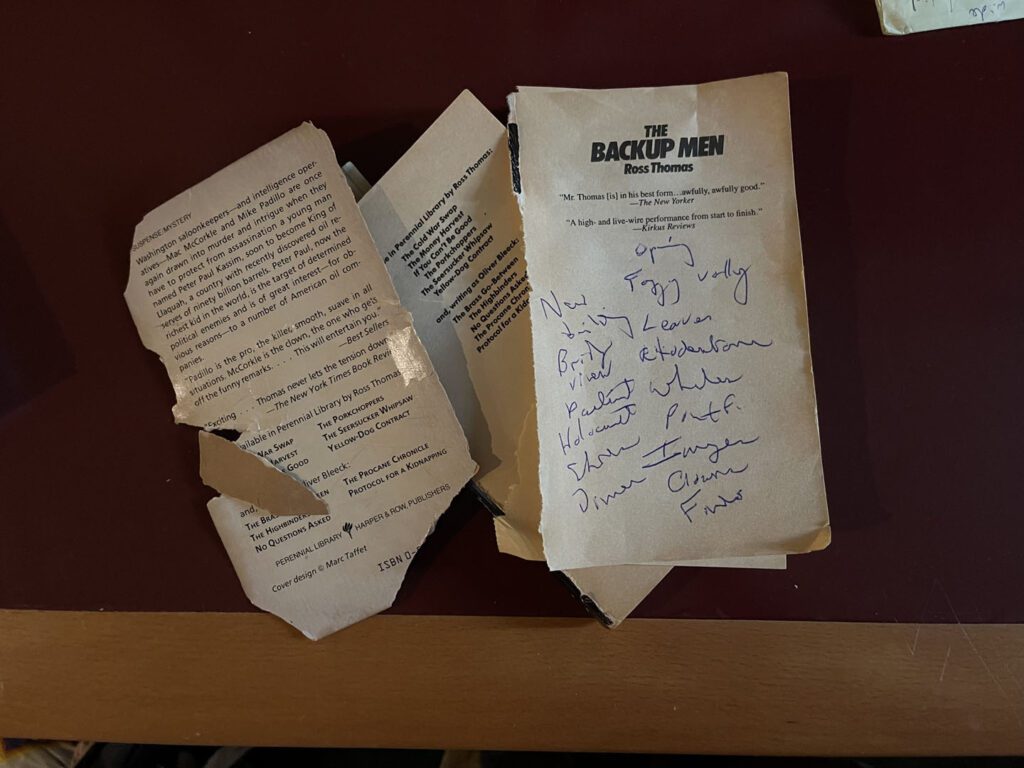
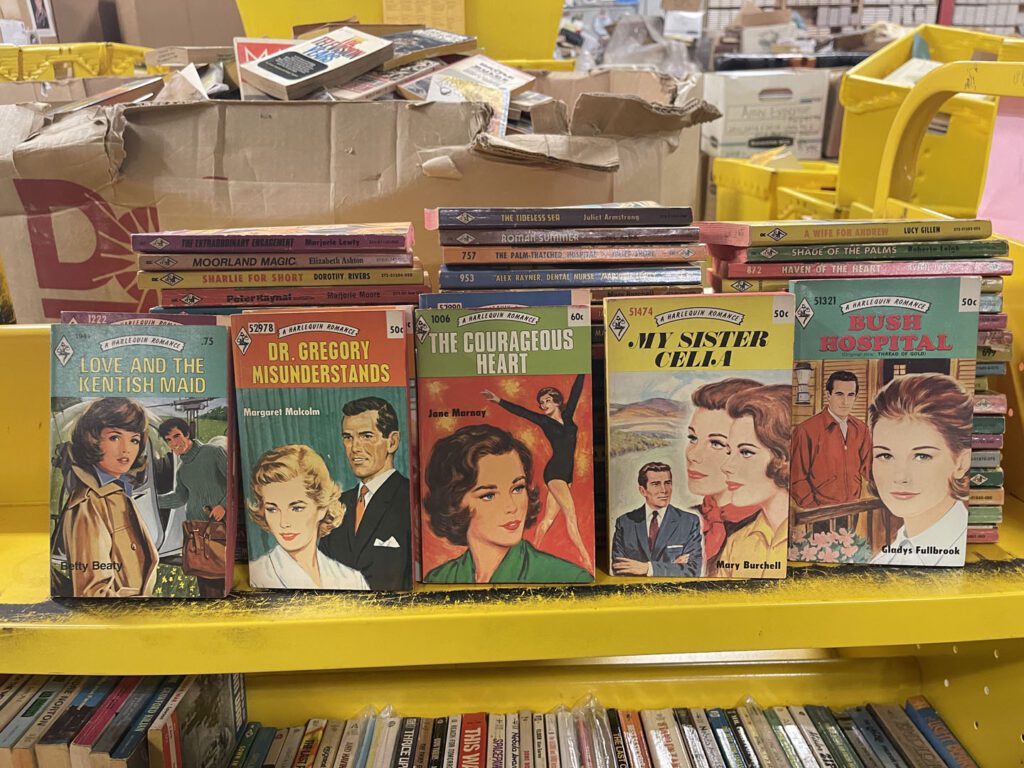
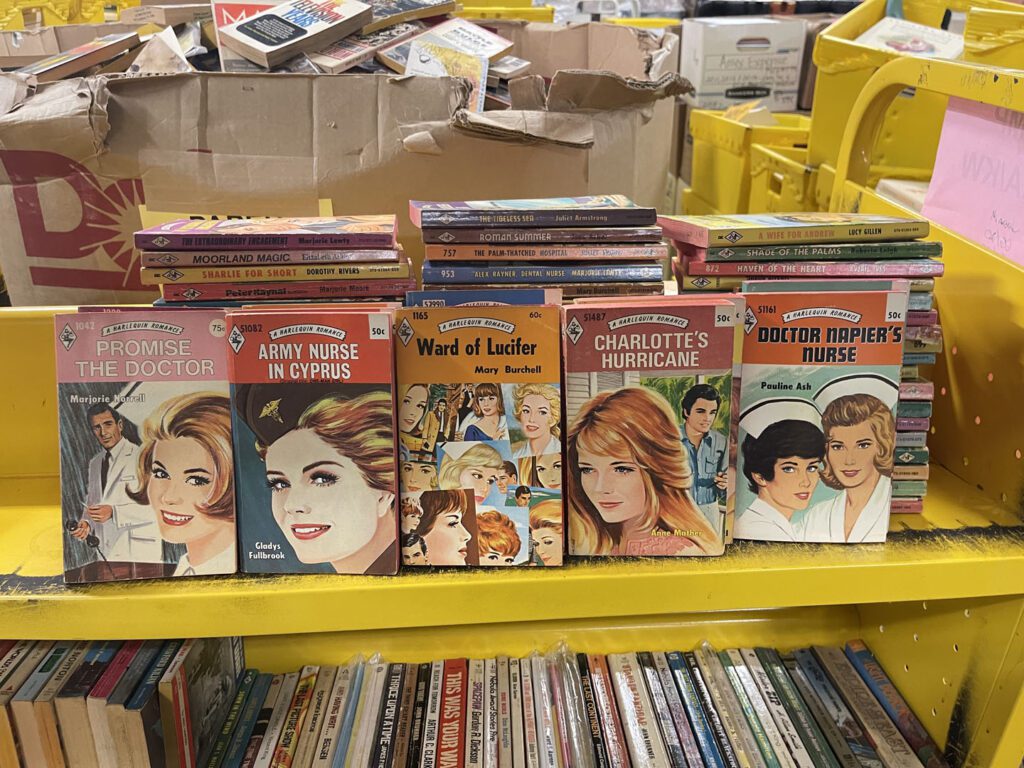
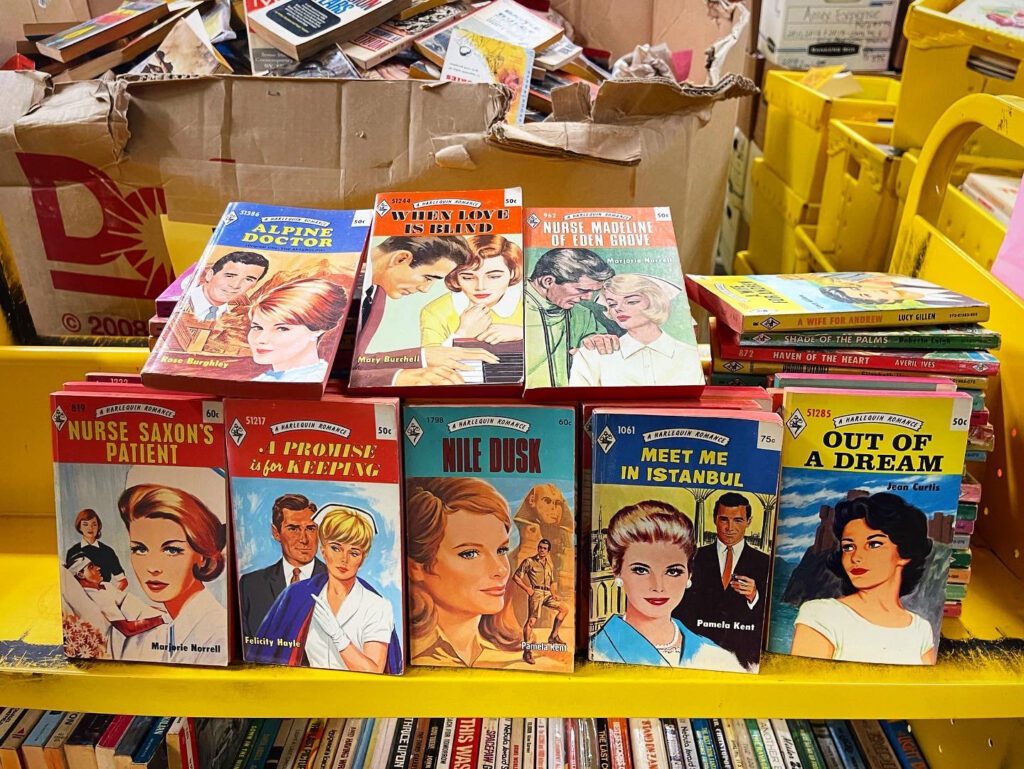
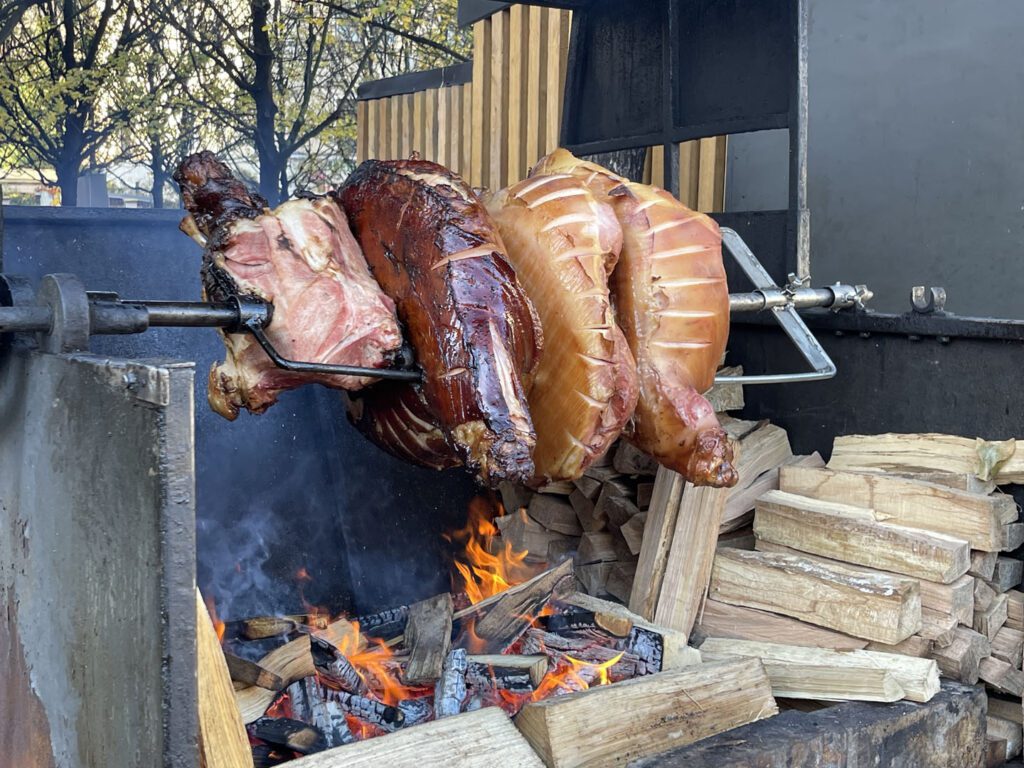
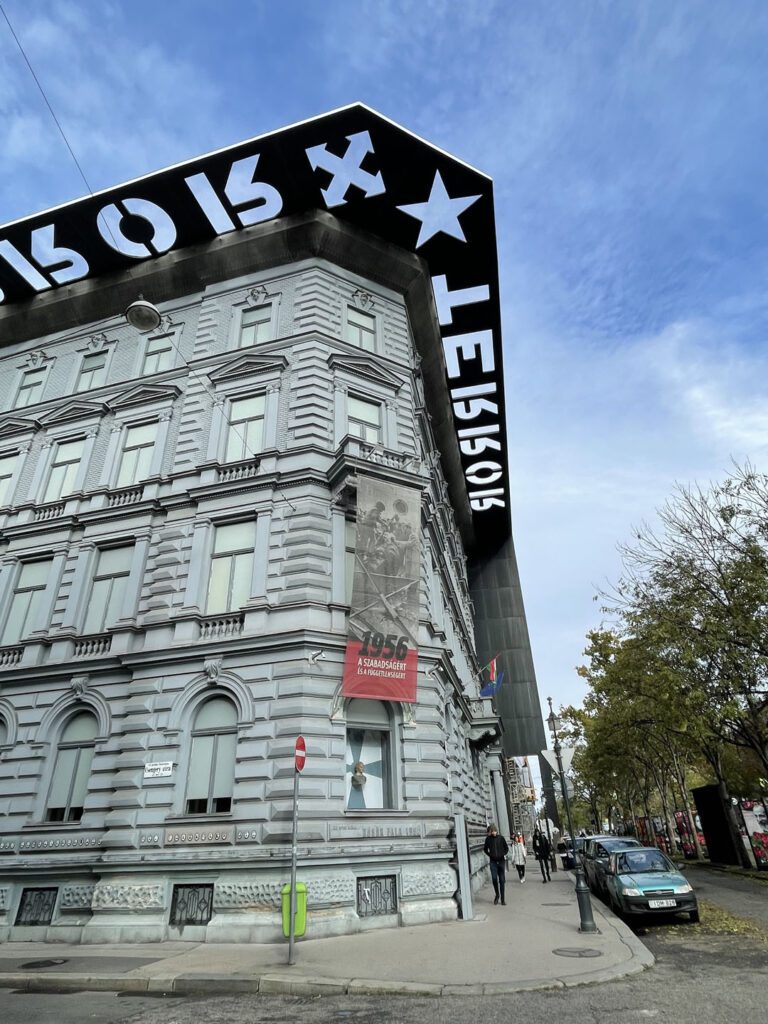
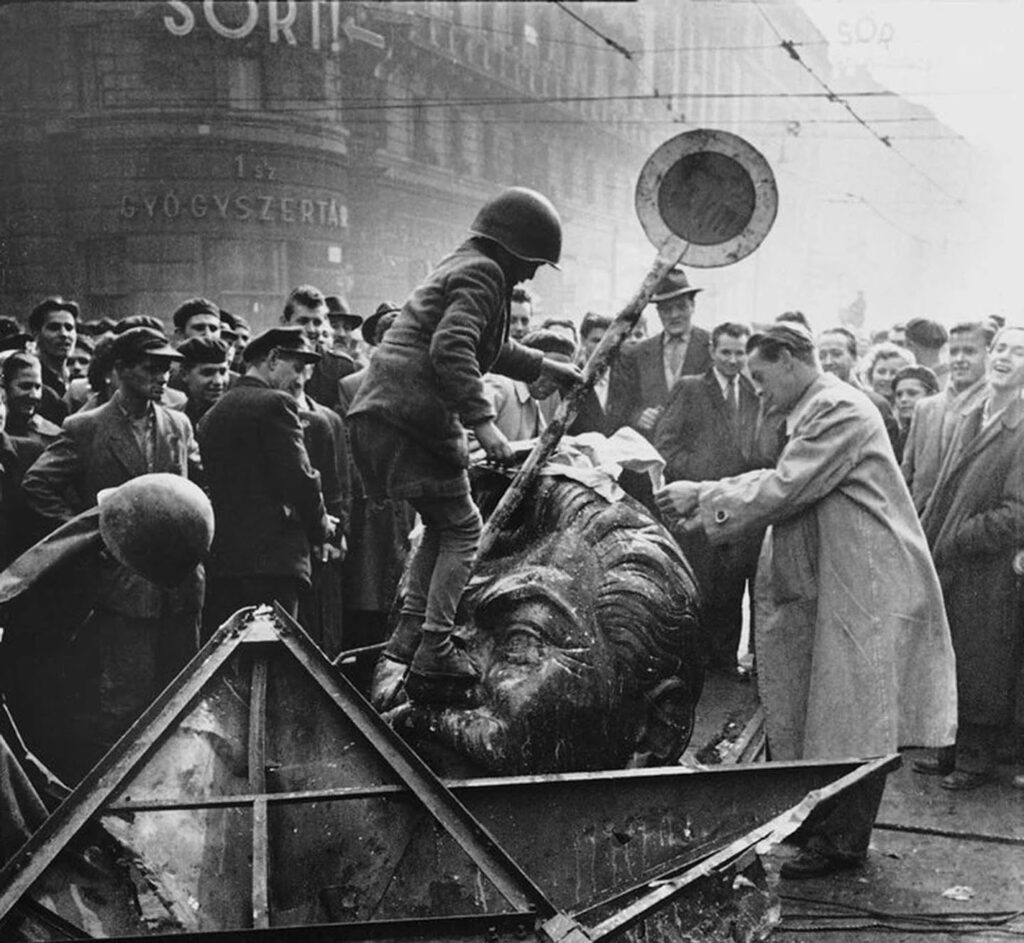
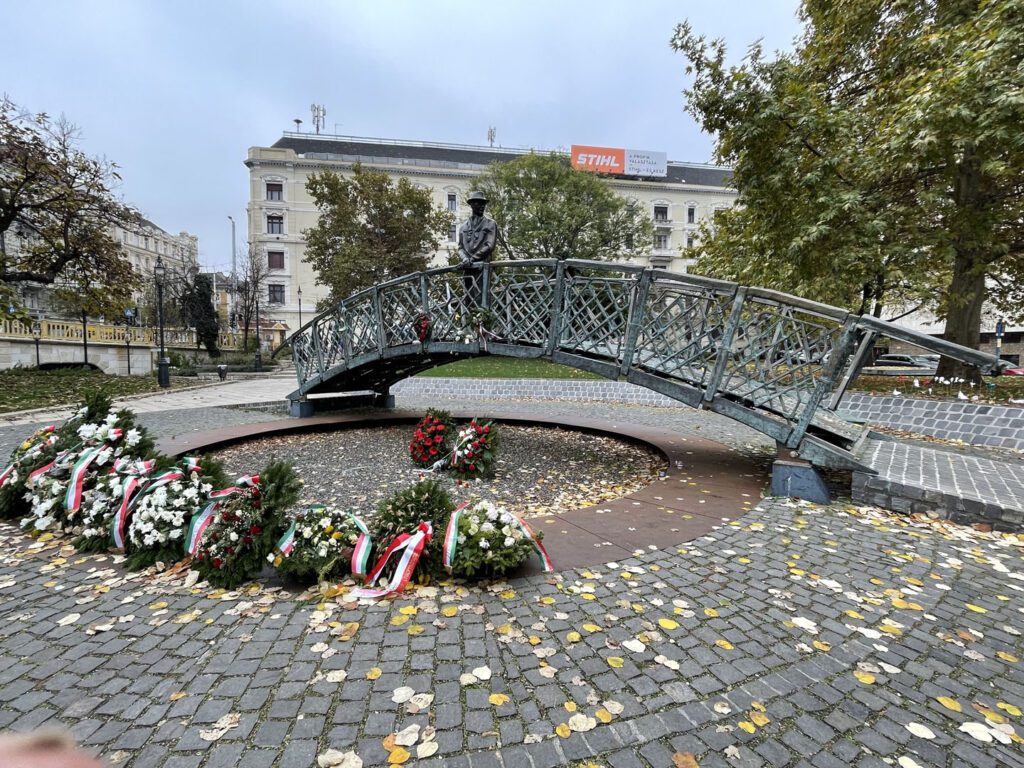
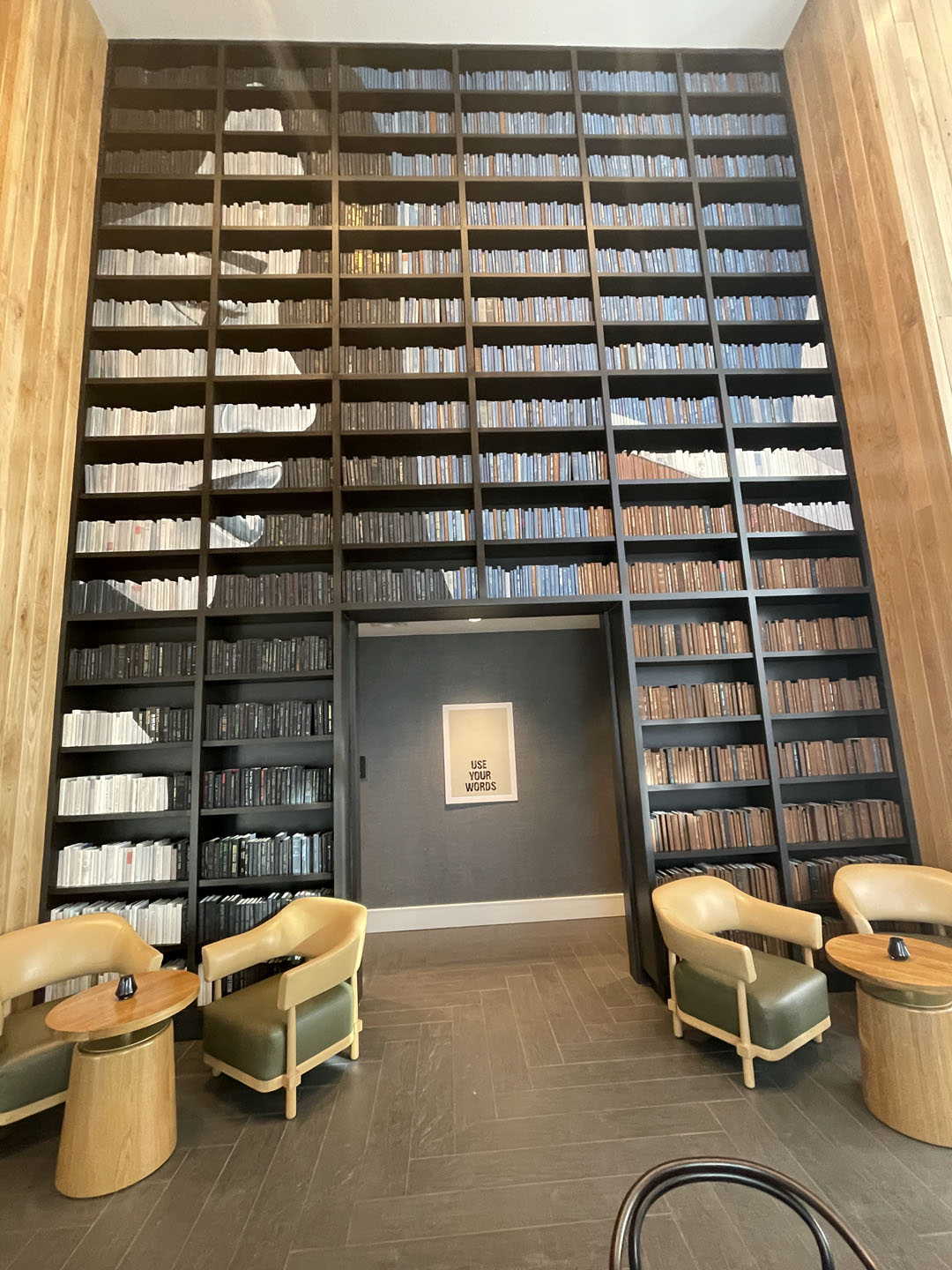
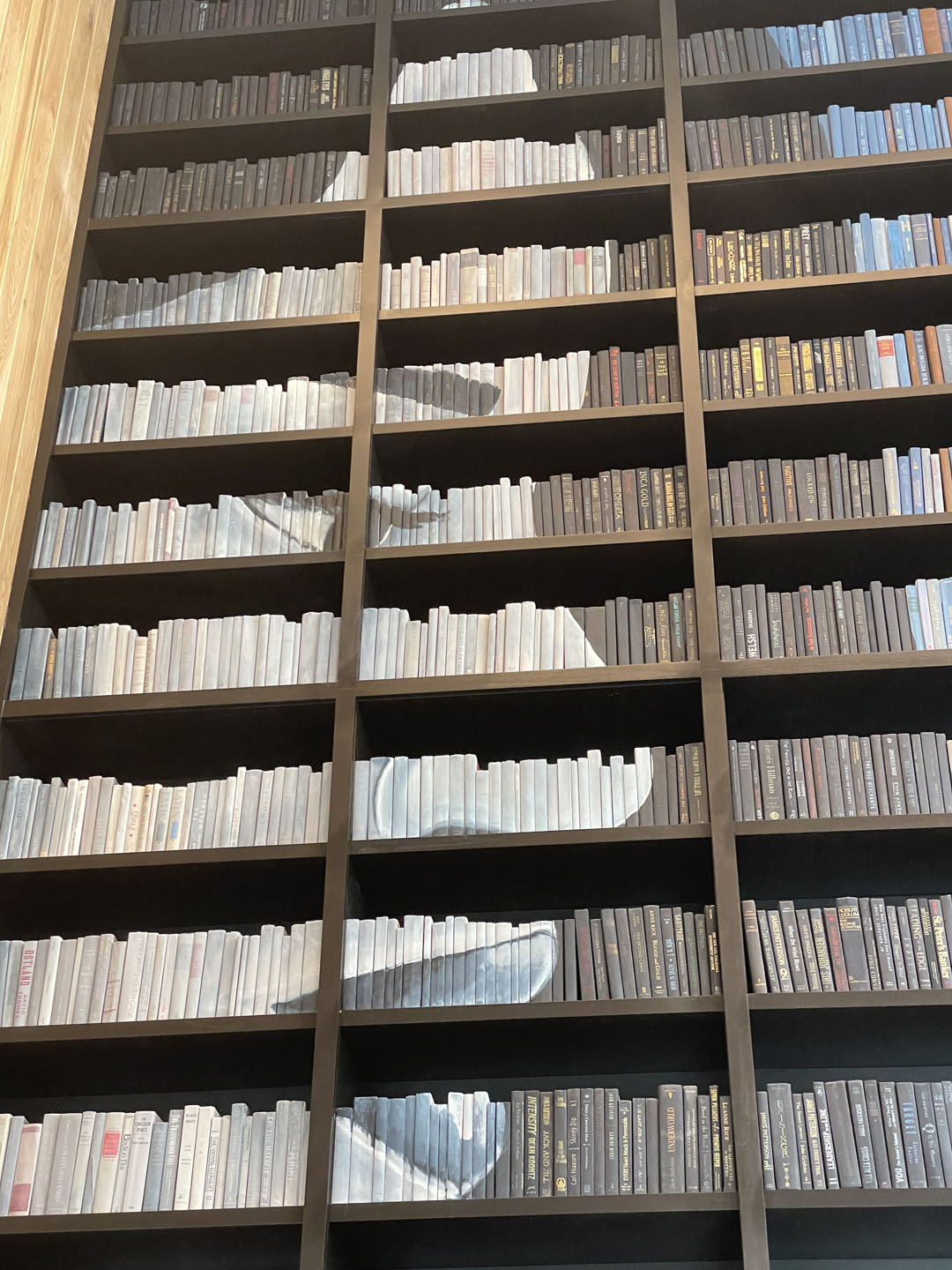
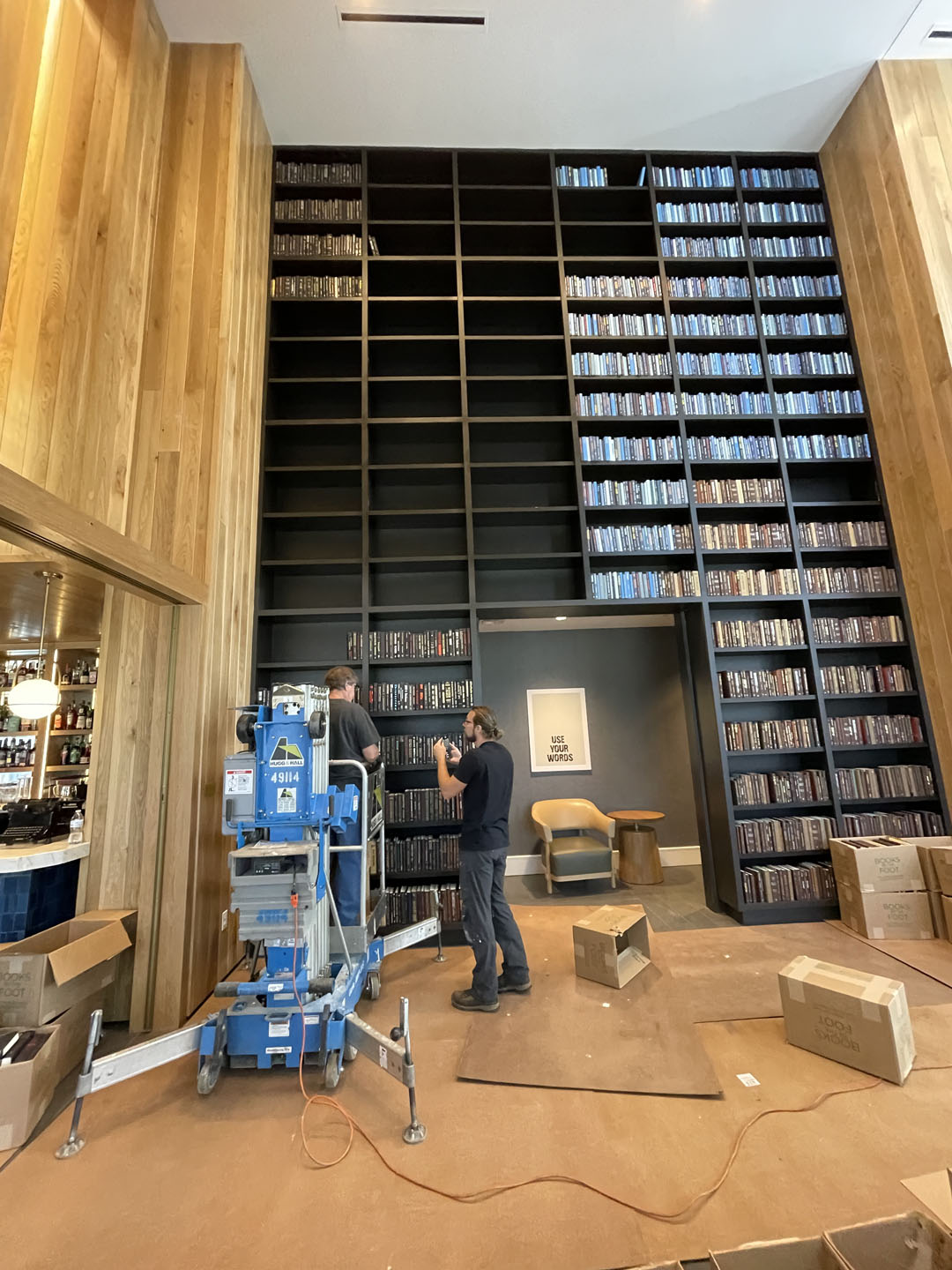
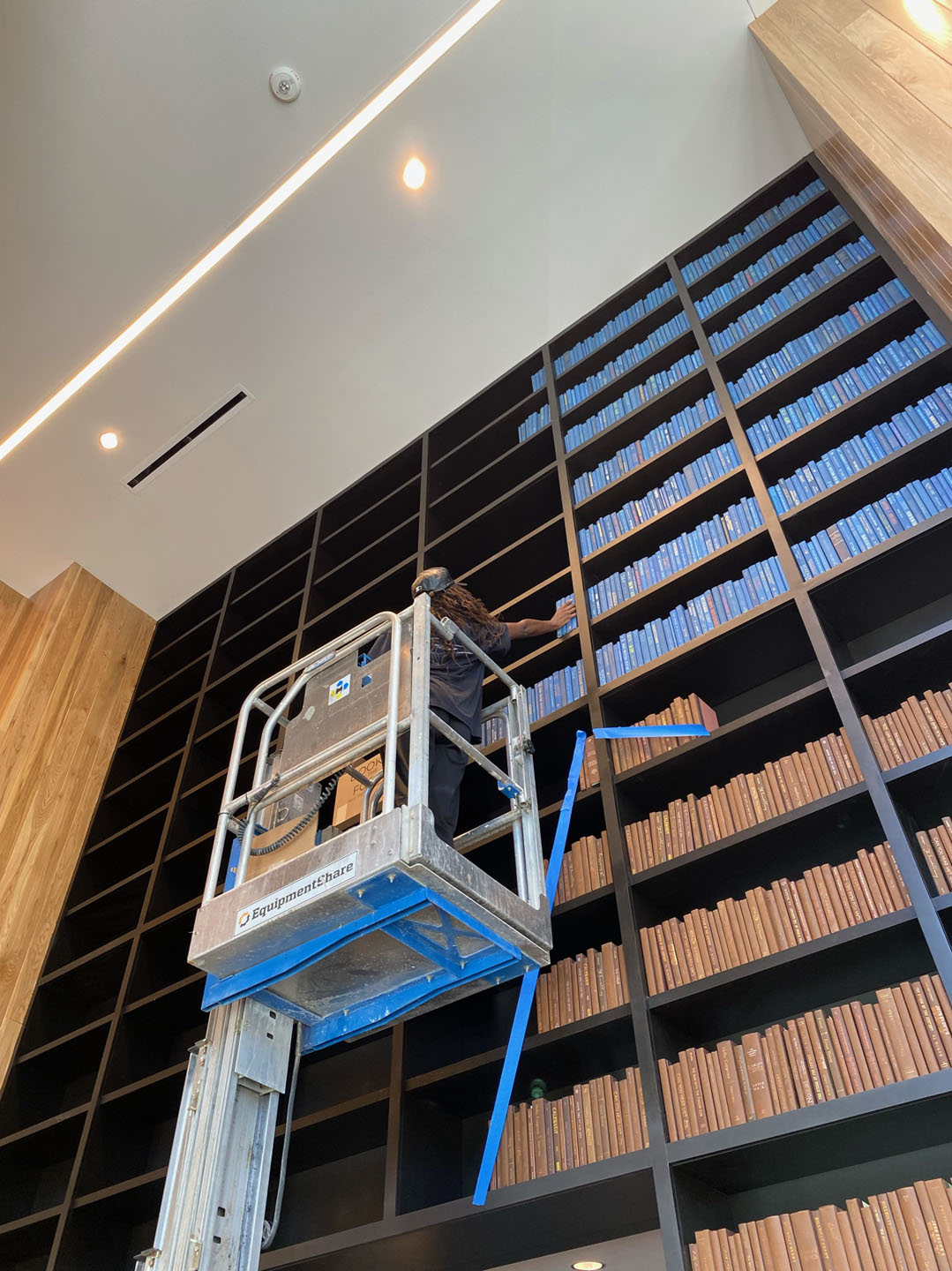
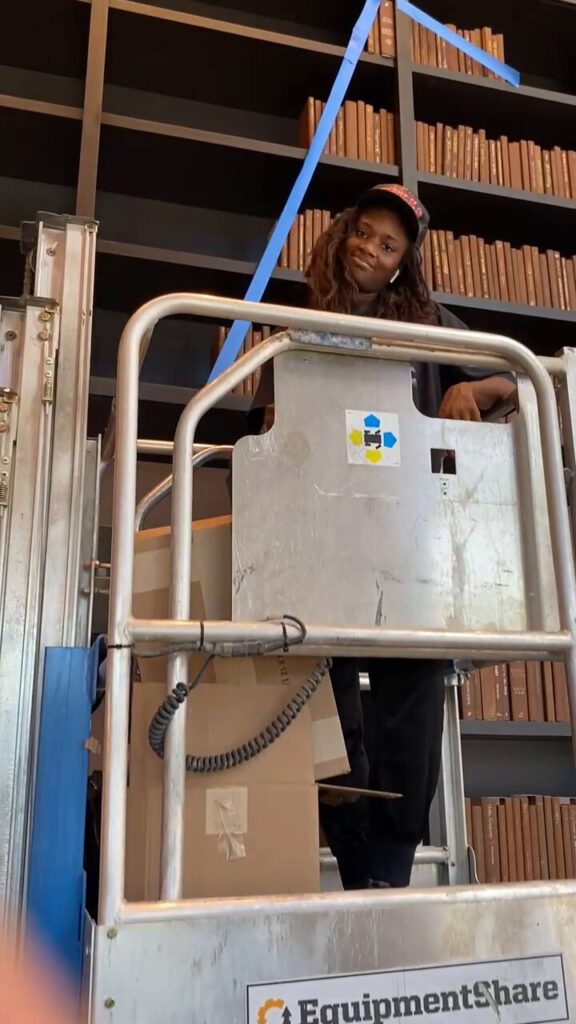
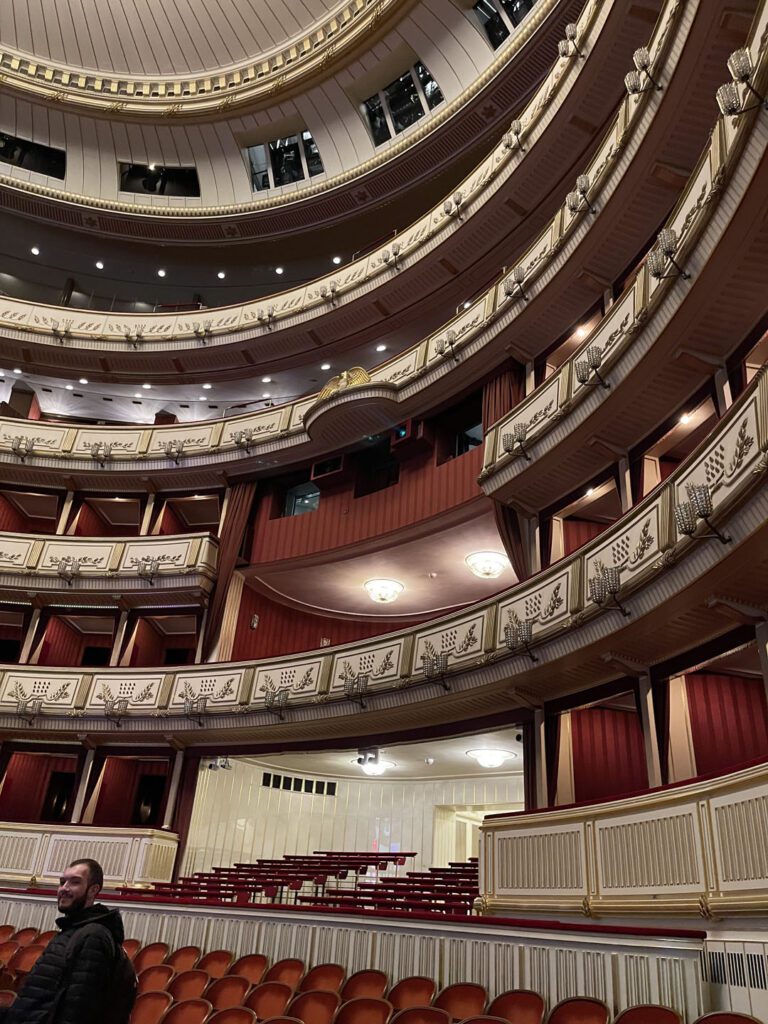
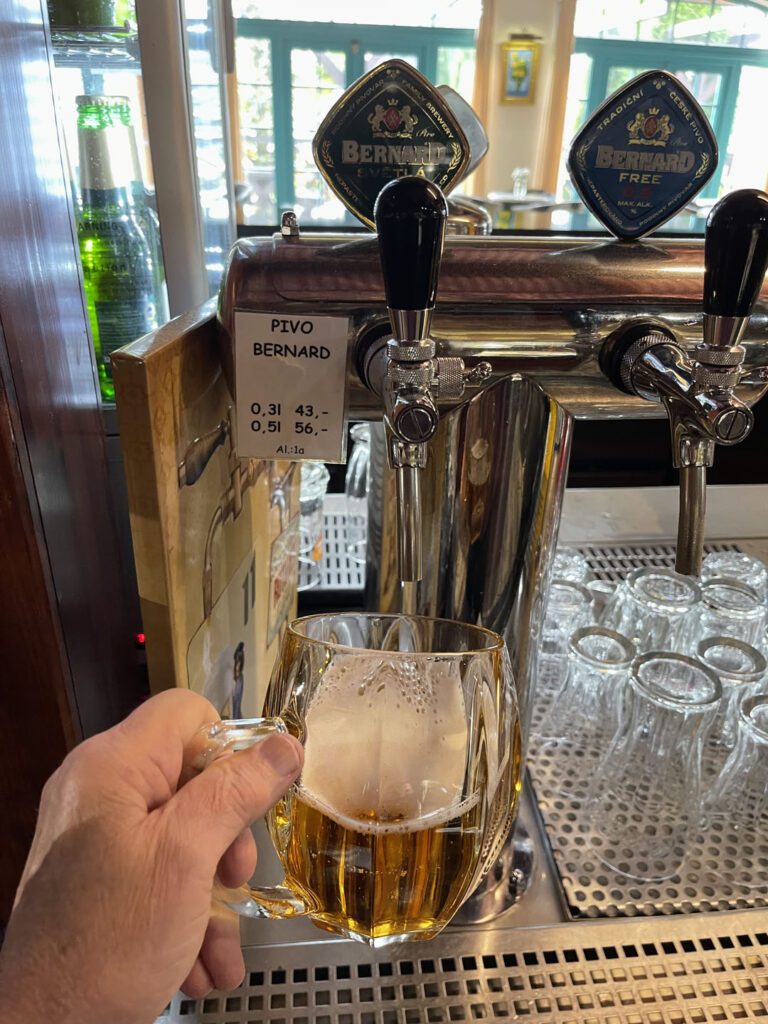
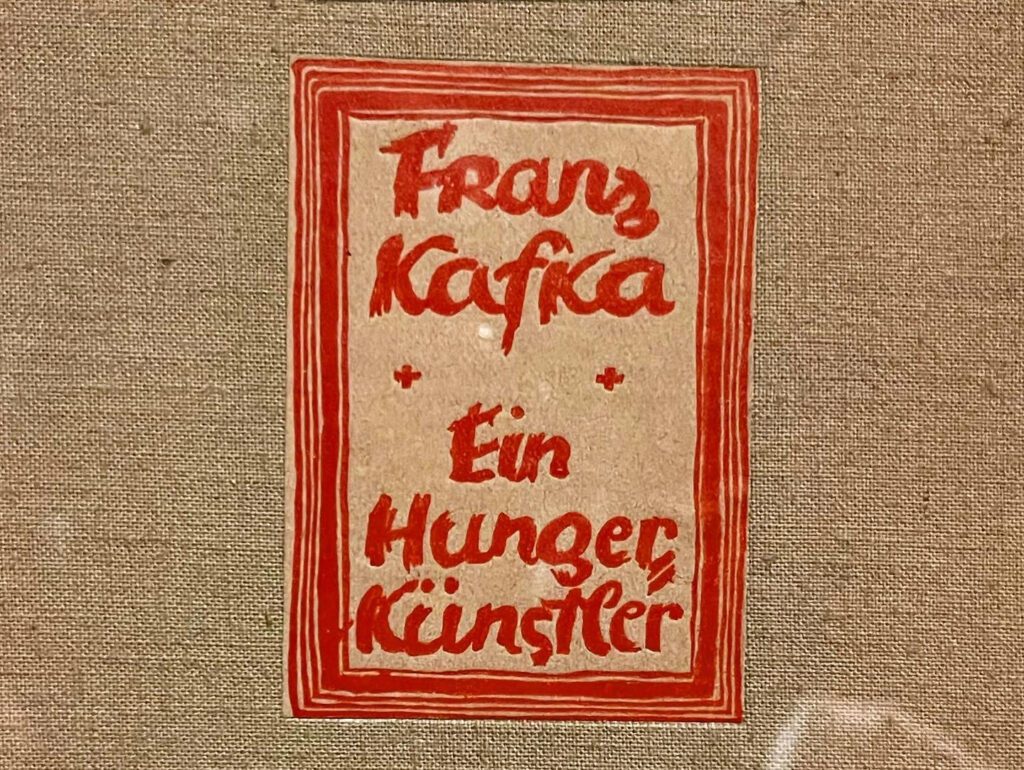
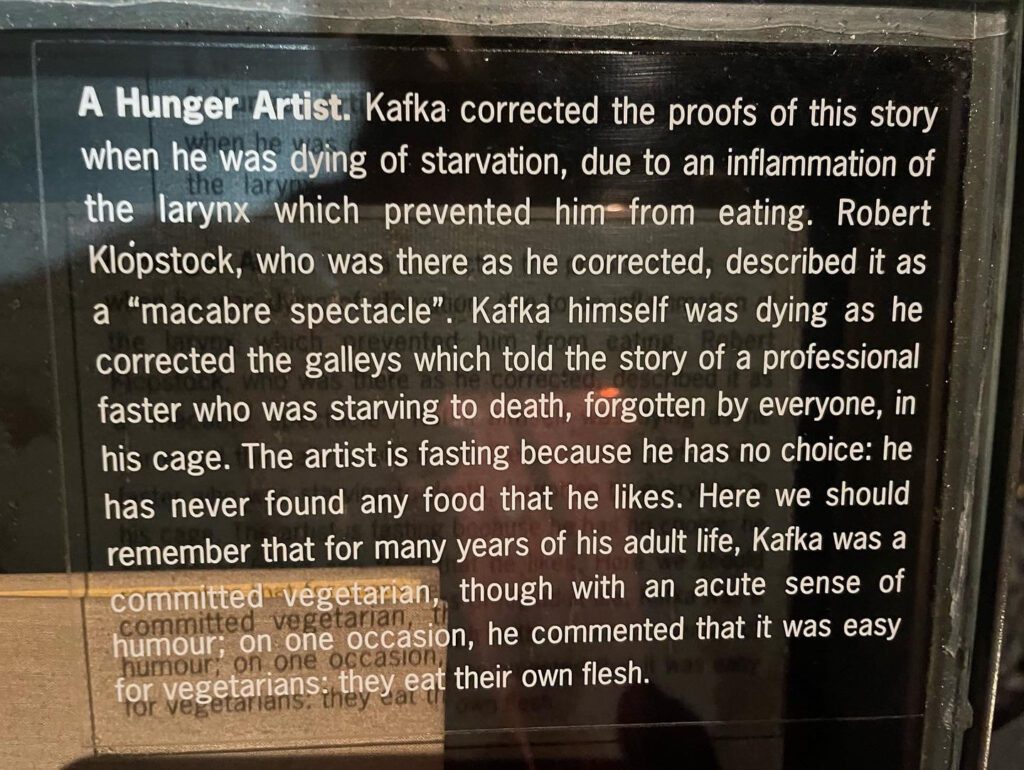
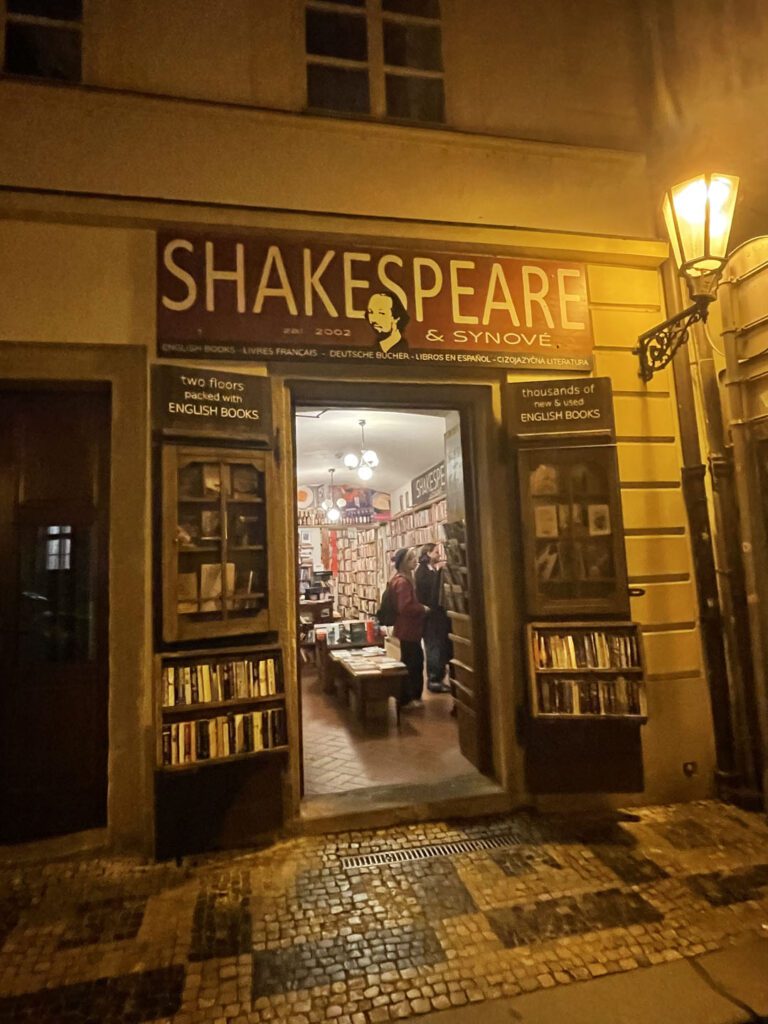
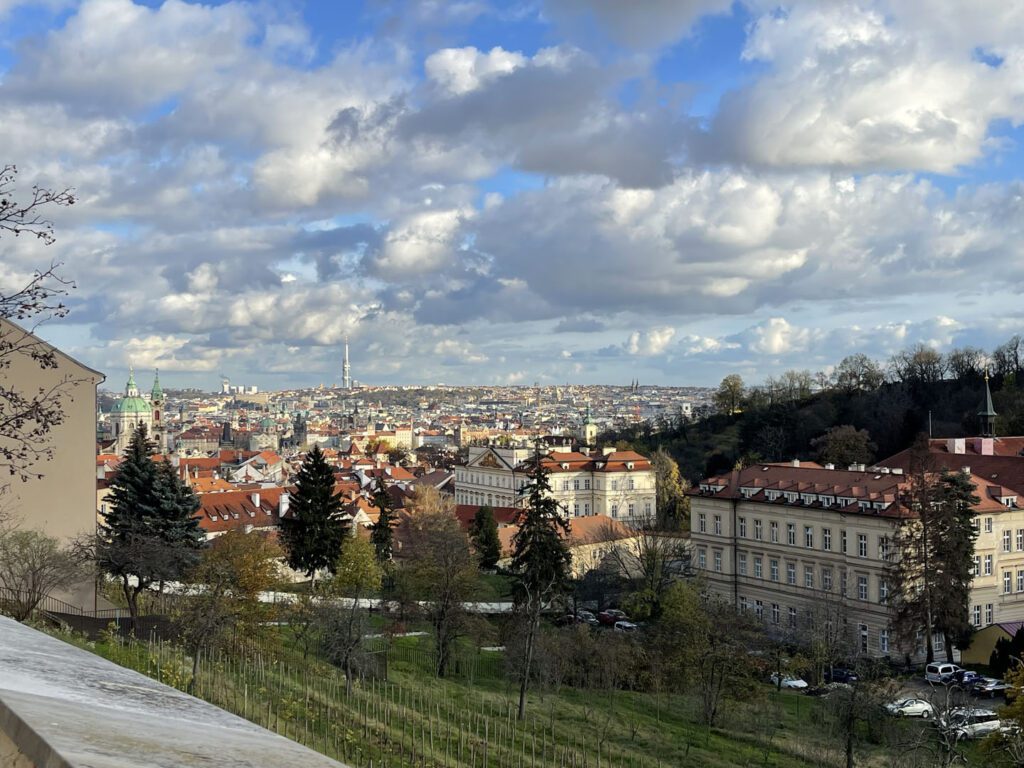
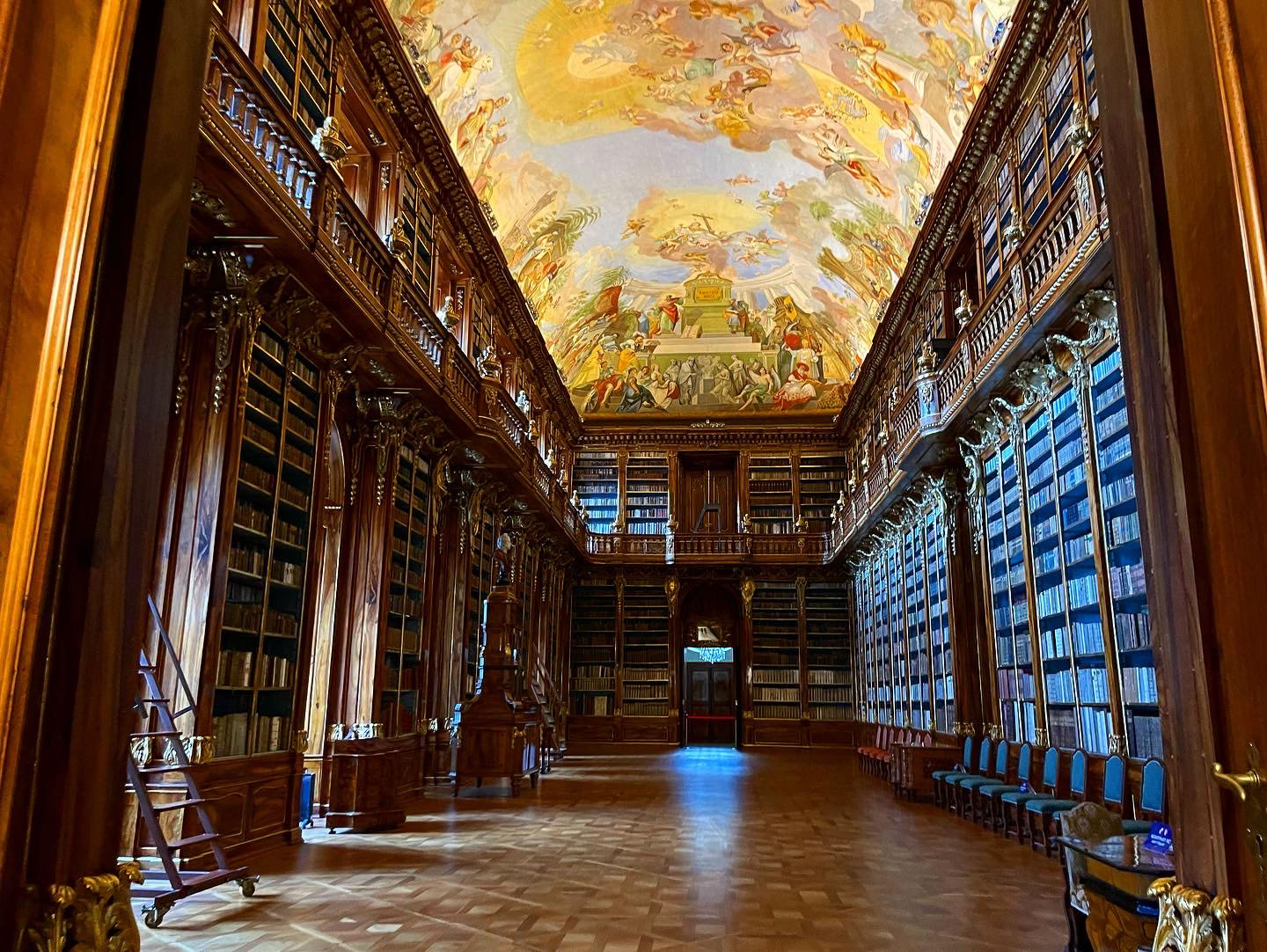
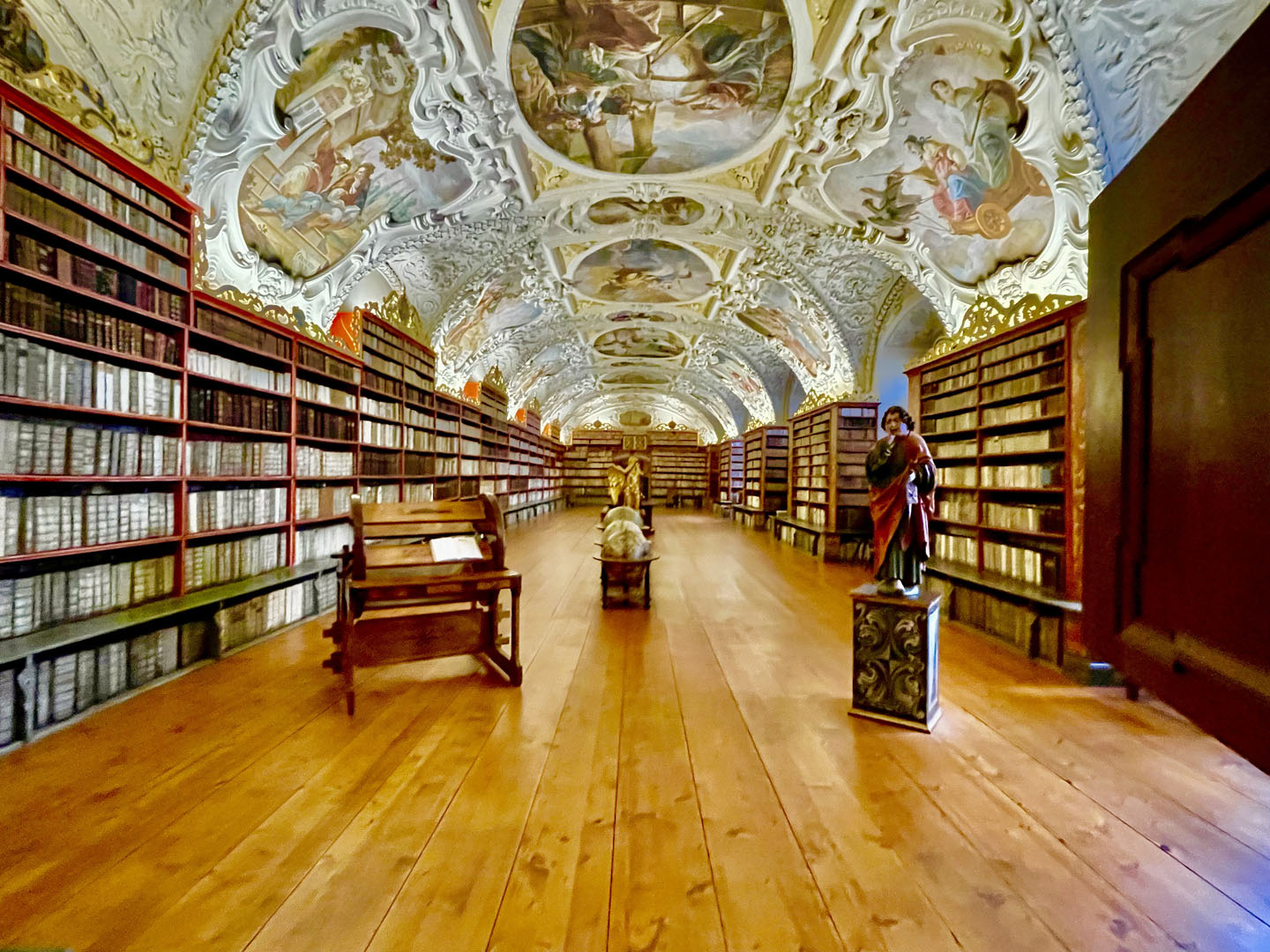

Not negative at all, just straightforward observation with thoughtful commentary. Thank you for taking the trip and sharing the journey!
Thank you for reading and writing Gary!
It means a lot!
Best
Chuck
Wow, Chuck, what an excellent travel diary. I learned so much about countries & cities I may or may not ever get to. James and I went to St. Petersburg with a guide…the only way to do it, as you say, you learn so much. Glad we did that trip when we did given what’s going on now with Russia.
Thanks Mary.
I studied and paid attention to the news about those places and times but it is so much different being in them.
Hi to James and thank you for writing!
Chuck
Hello Chuck,
Great commentary! I am inspired to visit those cities again. Enjoy the rest of your trip.
Livia
Thanks Livia!
Funny story about the last leg while writing this story – in next week’s blog.
Fun to be on another Globus tour.
2 couples from previous trips – Scotland and S Italy.
Best
Chuck
Hi Chuck,
I’ve been reading your blog for a couple of years and went back and read all the old entries. I’ve thought about commenting before. I really enjoy traveling vicariously, I’m a gardener though not as ambitious as you, and a lover of used books. However what prompted me to finally comment was the Harlequin photo of “Ward of Lucifer”. I had to look it up and quickly found this on the Abe book site:
“A teenager goes to live with a sinister guardian following her aunt’s death. Mary Burchell was the pen name of Ida Cook, a British campaigner for Jewish refugees. She and her sister rescued 29 Jews from the Nazis in the 1930s, mainly funded by Cook’s writing. Between 1936 and 1985, she wrote 112 romance novels as Mary Burchell for Mills & Boon (many of which have since been republished by Harlequin). Many of her titles are now hard to find, especially in hardback…”
So it looks like you are on to something by keeping at least some of these.
Thanks for your blog and your rescue of used books.
Deb
That is so cool!
I failed to mention the some great writers were forced to do genre writing – paid by the word – to pay bills.
But that is a great find on the plot! Can’t judge a book by its cover!
I’ll include your find (anonymously ) in the next story as it tells a story that will be a focus.
Read ALL! Wow! Made my day!
Thanks and please chime in again if you like
Best
Chuck
I’ve been a patron of Wonder Books since your beginnings and a reader of your blog for several years now. This past year, it’s been a comfort as you describe the book world, gardening, local and far travel as my husband has been dealing with medical issues and we aren’t able to enjoy those things on our own just now.
I was moved to comment here because my husband is of Hungarian descent. He connected with cousins in Hungary through genealogy and we were fortunate to be their guests for a visit to Bekescsaba some years ago. While there, visiting the graves of my husband’s greatgrandparents and other family, Nagymama (“grandmother”) Katarina was brought to tears. She thanked us for “returning” to Hungary. She told us that they knew family in the US, but if there was any communication with them, as you describe, “there would be a knock on the door in the middle of the night”. Our visit reconnected the family.
I so enjoy each installment and I’ll wave next time I see one of the Wonder Book trucks traveling by.
PS The Hungarian language is unique and unintelligible to us westerners. But I learned two words that did me well on our visit there – “finom” (delicious) and “köszönöm” (thank you).
Thank you so much for writing and your kind words Patricia.
I hope you are both back on the road soon!
It was a great experience speaking with East Europeans who lived through many of those years. It puts a lot of our problems in perspective.
I’m sorry the pictures weren’t included in this week’s story.
They will be added sometime Monday. So if you get a chance scroll them on Tuesday or after.
Best
Chuck